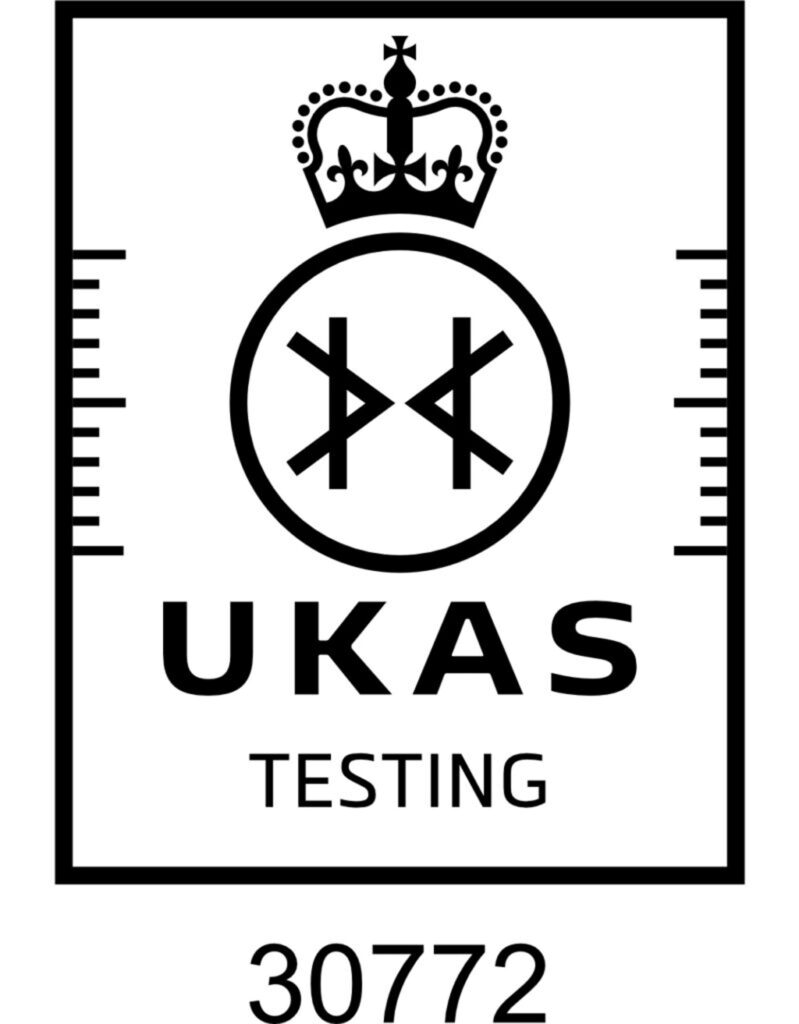
The Los Angeles (LA) Abrasion Test measures the resistance of coarse aggregates to fragmentation and wear. It subjects a sample of aggregate (retained on a No. 12 sieve) to abrasion, impact, and grinding inside a rotating steel drum with steel spheres.
The Los Angeles Abrasion Test is critical for evaluating the durability of coarse aggregates used in construction. Get in touch to arrange reliable testing for your project.

AMTEST UK Ltd delivers top-tier services to civil engineering and infrastructure clients across the UK, backed by expert in-house concrete consultants.
Unit A 2D/6, Project Park, North Crescent, London E16 4TQ
The Los Angeles (LA) Abrasion Test measures the resistance of coarse aggregates to fragmentation and wear. It subjects a sample of aggregate (retained on a No. 12 sieve) to abrasion, impact, and grinding inside a rotating steel drum with steel spheres.
The Los Angeles Abrasion Test is critical for evaluating the durability of coarse aggregates used in construction. Get in touch to arrange reliable testing for your project.